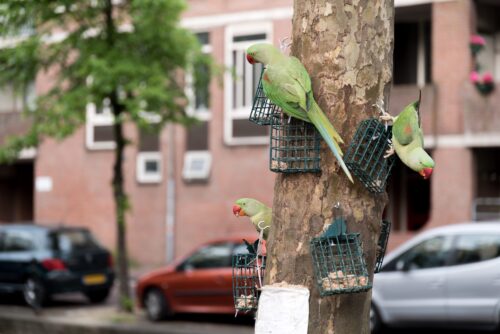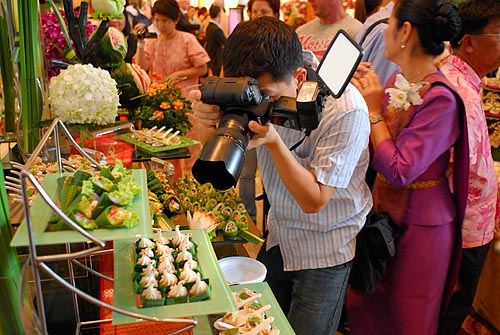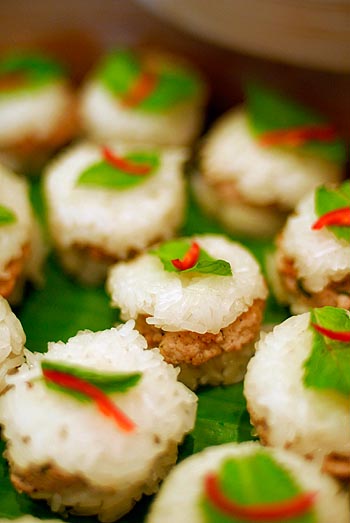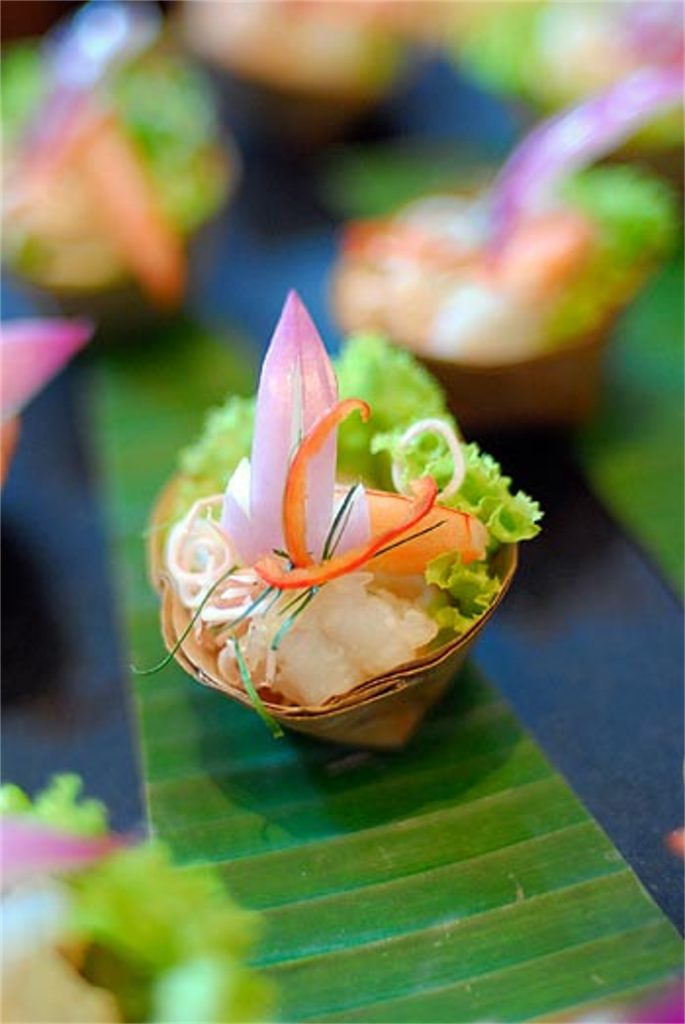Food Is Health
Food is health. I’ve known it since I was a kid growing up in Wisconsin. My dad was diagnosed with diabetes when I was a baby. His disease was both hereditary—he’d grown up watching his father jab himself with a needle every day—and dietary. “I was overweight, by quite a bit,” my dad recently told me. “Probably one of my biggest downfalls was cheese—used to eat an awful lot of cheese. Desserts, heavy desserts. Things like that. A lot of bread.”
So my mom purged the house of fats and sweets. We drank “healthy” milk (skim), ate fake bacon (soy), and topped our toast (whole wheat) with artificial butter (margarine). This was long before fats were (somewhat) welcomed back into the realm of healthy eating. McDonald’s was forbidden, and sugary cereal was a rare treat. As a 9-year-old, I thought these rules preposterous and inhumane. But they taught me an important lesson—diet can lead to disease.
Yet diet can also heal. For millennia, cultures across the globe have understood the healing powers of food. “Let food be thy medicine and medicine be thy food,” said Hippocrates, the ancient Greek physician, more than 2,000 years ago. And that knowledge has been passed from generation to generation, according to medical anthropologist Nancy N. Chen, author of the book Food, Medicine, and the Quest for Good Health. She calls food the “front line of healing.”
I’ve seen this folk knowledge at work in my travels. In Nagaland, India, farmers who grow some of the world’s hottest chiles have told me they eat the peppers for good digestion. In Thailand, mothers have shown me how to cook cooling or warming soups to help the body adapt to seasonal changes. In Belize, farmers have served me their traditional health-giving Maya drink made from roasted cacao beans and spices (no sugar), which Western science now tells us is loaded with antioxidants good for the heart.
Many cultural beliefs about food and medicine are interconnected with religion and spirituality. In Ayurvedic traditions, “foods can bring you closer to a god, act as a charm or bring you a blessing,” according to an Indian garden display I recently visited in Singapore. Ayurvedic fruits and spices are said to feed both body and soul.
Food and health are so entwined in some parts of the world, the kitchen itself is a nonclinical “site of care,” as Emily Yates-Doerr and Megan A. Carney write in Medical Anthropology. Their ethnographic research covers six Latin American kitchens where women focus on the health of not just individual family members but also extended families and entire communities. For example, the room women use for cooking celebratory community feasts is also where they pray for the family’s well-being. The kitchen, in many places, is a nexus of community health, though it is, of course, interpreted differently in different homes and cultures.
Yet in the United States, food is largely divorced from mainstream healthcare practices. Hippocrates’ well-known oath to uphold medical ethical standards overshadows his dictum on food. Most American medical students get little or no training in nutrition, even though research shows diet is the leading risk factor in disease and early death. The National Academy of Sciences recommends all U.S. medical schools require at least 25 hours of nutrition education. But more than 70 percent fail to meet that recommendation, and fewer than half offer any nutrition in clinical practice, according to a survey of four-year medical schools published in the Journal of Biomedical Education. The authors’ assessment is blunt: “It cannot be a realistic expectation for physicians to effectively address obesity, diabetes, metabolic syndrome, hospital malnutrition, and many other conditions as long as they are not taught during medical school and residency training how to recognize and treat the nutritional root causes.”
Some patients and practitioners—and even politicians—see the problem, and they’re pushing for change. In March 2015, the U.S. Congress introduced a bipartisan bill to expand nutritional education requirements (though the bill still sits in committee). National Public Radio has reported on a team of University of Chicago medical students taking nighttime culinary classes because their school isn’t offering hands-on nutrition training. These are not frivolous pursuits. If doctors understand how to make spinach or broccoli taste good, they might be more effective in helping patients change their behavior.
About 2 percent of the U.S. population was diagnosed with diabetes when my dad learned he had the disease. Today, according to the Centers for Disease Control and Prevention, more than 29 million Americans—9.3 percent of the population—live with the disease. For decades now, my dad has kept his condition in check. I have long marveled at his willpower—even on Christmas and Thanksgiving, he’ll eat sugar-free pie when the rest of the family indulges in the real thing. As an engineer, a stick-to-the-rules kind of guy, maybe it’s just his nature.
Or maybe it’s his intimate understanding that what he eats determines how well, and whether, he lives.


































